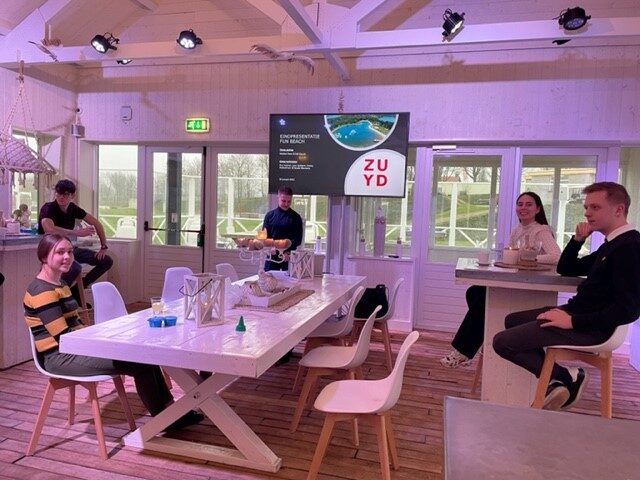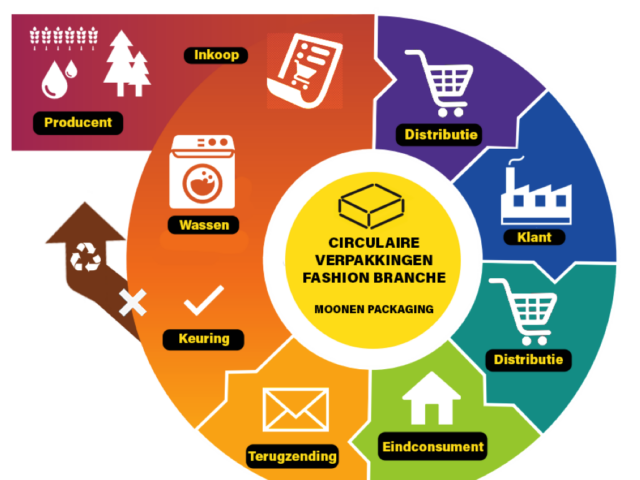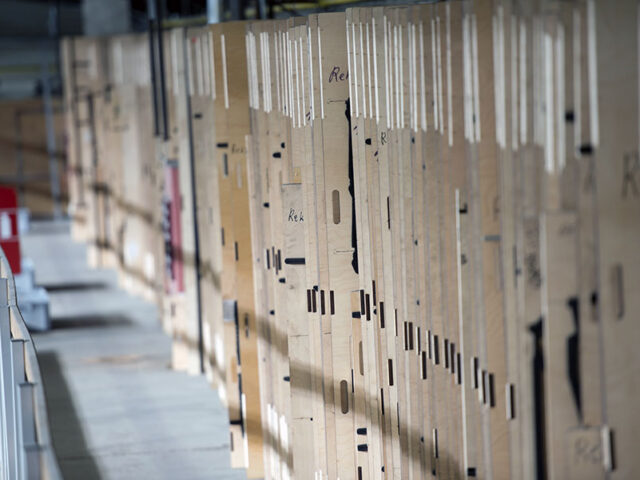Circular work/living means much more than the reuse of raw materials. On the road to a circular society, it is important that everyone is on board. Wanderful.stream therefore also invests in the young generation, especially high school students. With the didactic expertise of lead partner and knowledge institution UCLL, collaborations were established with numerous schools. Under the title Young Circular Creatives, the Belgian and Dutch youngsters presented their projects and circular solutions to each other. The account of an inspiring conclusion to these Wanderful.stream beta projects.

In Circulair Werkt, the circular hub in Hasselt, more than 30 students gathered for Young Circular Creatives. Students from IKSO in Hoeselt, Mosa-RT Maaseik, Campus De Helix Maasmechelen as well as Connect College Echt and Roer College Schöndelen in Roermond. The Level X students played a home match in their city. During the past school year, they each worked in groups on specific challenges: residual flows from small or medium-sized companies in their region. How to valorise this residual flow and what could this lead to; that was the issue. Scientist-artist-designer Angelo Vermeulen, who was to give a concluding keynote, acquitted himself of his role as master of ceremony with visible pleasure. Student groups on numerous topics passed in review at breakneck speed.
ENERGY DRINK
Most of them had whey as their focus. Whey is a by-product of cheese-making – also the watery liquid on top of your yoghurt, by the way – and it inspired many secondary school students to start distilling alcohol from it. Clearly, the thinking is close to young people’s lifestyles, but not all of the whey was turned into beer, gin or disinfectant alcohols; no, there were also some original ways of thinking. One brainiac went full steam ahead with a study to turn it into bioethanol, but wisely concluded that it was a hopeless train of thought. A special mention goes to the duo who want to turn whey into an energy-rich sports drink. The duo nicely added to their content discourse with an extremely hip presentation full of gifs as if it were a pitch from a marketing agency. That promises for those two.
Next to the whey, you had frisky foals trotting on about other circular topics such as a backpack made of residual streams with solar cells and tailored to your basic energy needs based on a real ‘market research’. Another presentation made a clean sweep with a residual stream from Tinnemans Floating Solutions, a company active in shipbuilding and repair. The students devised an ingenious filter system to separate the sludge waste into different residual flows so that it would no longer have to be disposed of as hazardous waste (i.e. paint residues or metals) in one piece. Some Technasium students from the ROER college, for their part, came up with a solution to make straws from the lime that is released after water softening. An idea that greatly appealed to the clients Waterleiding Maatschappij Limburg and AquaMinerals, as the companies have already indicated that they wish to further explore the ideas offered.
LOST IN SPACE
This pitch afternoon already made it clear that students from secondary education take circular thinking to heart and can come up with special solutions. That was also the opinion of scientist-artist-designer Angelo Vermeulen, who did not just moderate the question rounds, but also expressed his appreciation and admiration for the students’ insights from time to time. When Vermeulen then explained in his keynote a number of benchmarks from his impressive career, the students really got to know the man’s value judgment.
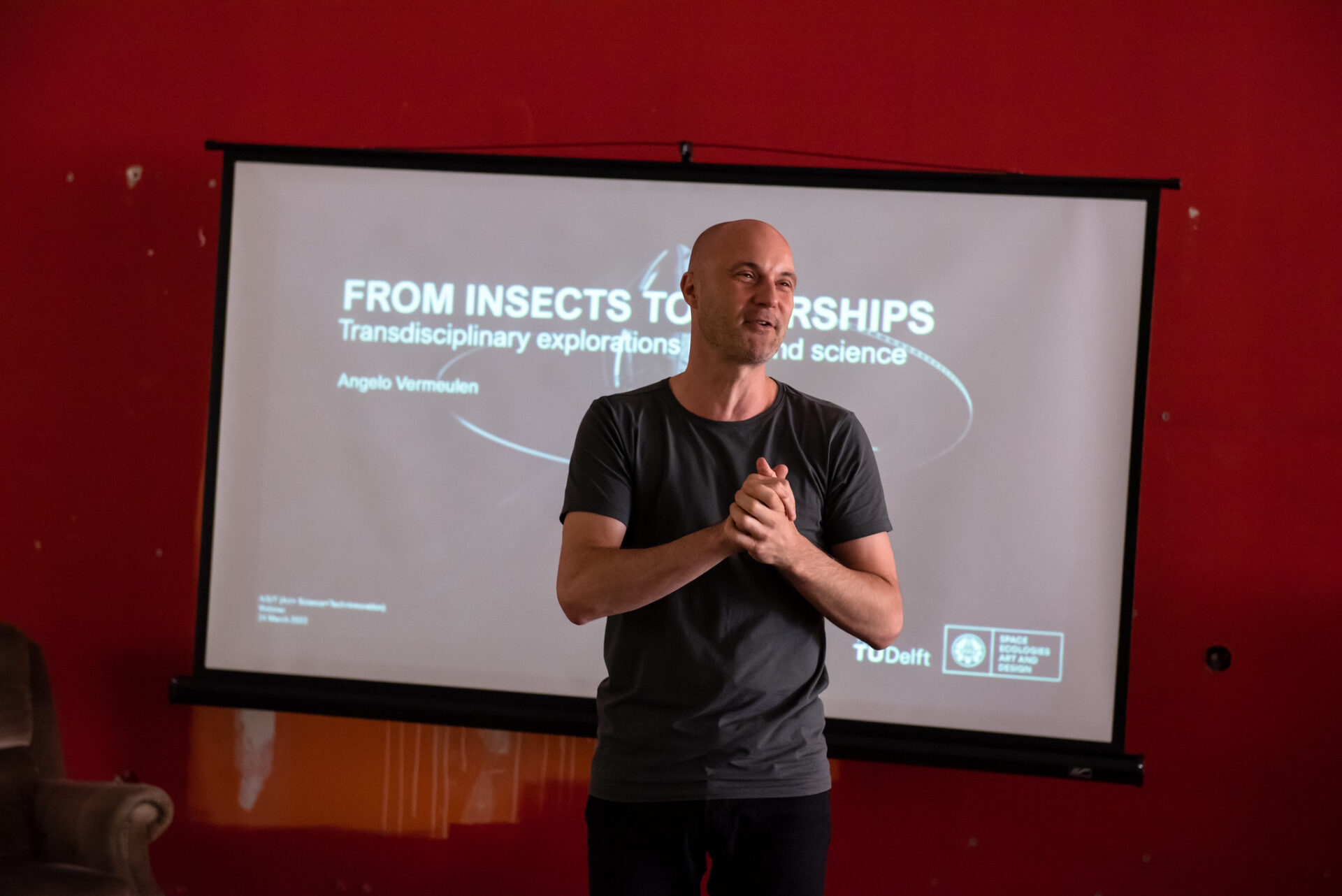
The central message of the reputable and renowned artist was a life lesson. One that the adult companions might all have hoped they had received when they were in high school. What lesson? Well, that you should never let one choice of study lead you down a path from which you can never deviate. Vermeulen speaks from experience. After all, his doctoral research as a trained biologist focused on ‘the deviation of teeth of larvae of non-stinging mosquitoes’. Yes, deformed larvae as a bioindicator of pollution. But he did not stick to those mosquito larvae. On the contrary. The path he took led him to research positions at NASA, where he participated in a Mars simulation in Hawaii, to his current position at TUDelft where he conducts pioneering research into space habitat design and participatory systems engineering, and to the founding of a collective of ‘free thinkers’ united in SEADS (Space Ecologies Art and Designs).
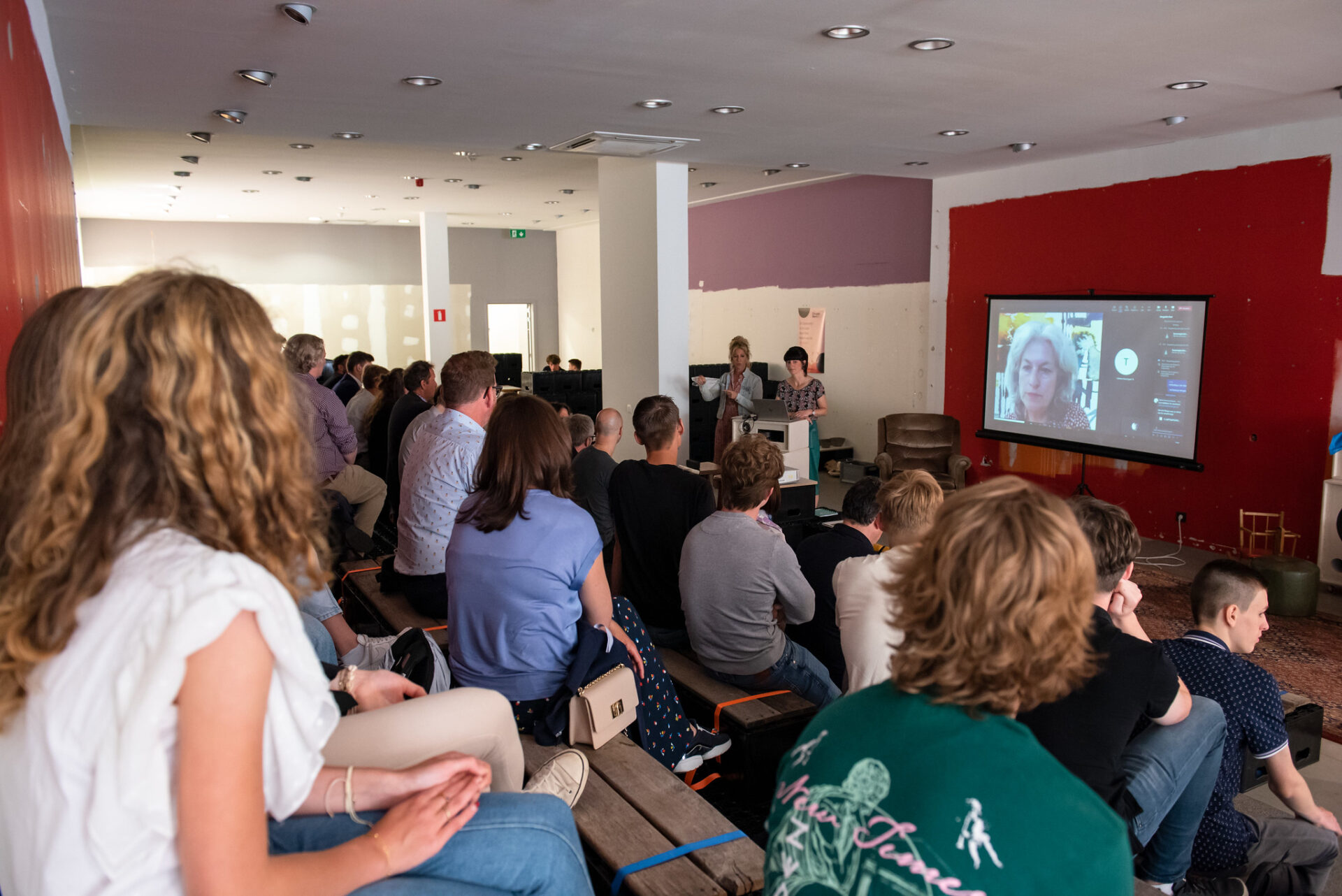
Angelo Vermeulen’s thought-provoking speech on transdisciplinary cooperation was particularly striking. After all, he argues in favour of transdisciplinary cooperation as the superlative after cooperation, multidisciplinary cooperation and interdisciplinary cooperation. Because by thinking about topics independently of your own expertise, together with others from other fields of knowledge, you can achieve sensational results in which a lack of technical or practical knowledge should never stand in your way. So the message to the students was one of enthusiasm and never-ending curiosity: regardless of your choice of study, continue to choose lifelong learning.
A message that also reached expert guidance from Wanderful.stream and UCLL. Wanderful.stream therefore bases its work on multidisciplinary cooperation between design, technology and business development and may strive for more inter- and hopefully even trans-disciplinary cooperation. But these Young Circular Creatives have at least sown ideas for a promising future. This can be credited to people like Sara Gilissen, Erica Andreotti, Jelle Van Campenhout and Peter Van Hout, who work from UCLL Research & Expertise on sustainability and circularity, but also to the Dutch partners like Maartje Kessels, Nadja Gonnissen and Renske Cox from CHILL for setting up all these beta-innovation trajectories with secondary schools. Because that is where the thinkers of the future come in. Didactics, vision and courage are used to stimulate the inventors of tomorrow. And the future is circular. That is certain.
To conclude the Young Circular Creatives day, the group visited Z33, where interdisciplinarity is also highly valued and where, in particular, the exhibitions Charging Myths and Same Same but Ditfferent by BC Architects provided additional food for thought. About the impact of our energy (greed) consumption and about the reuse of local (building) materials, respectively.

